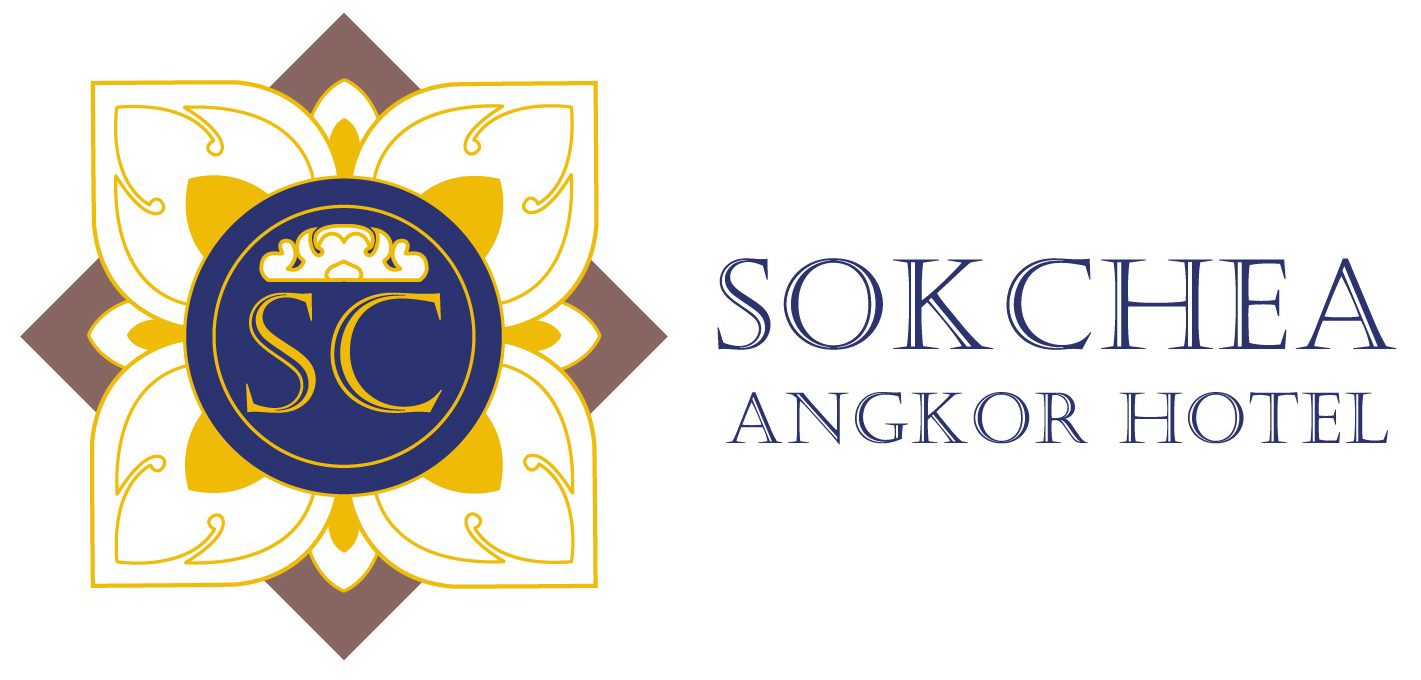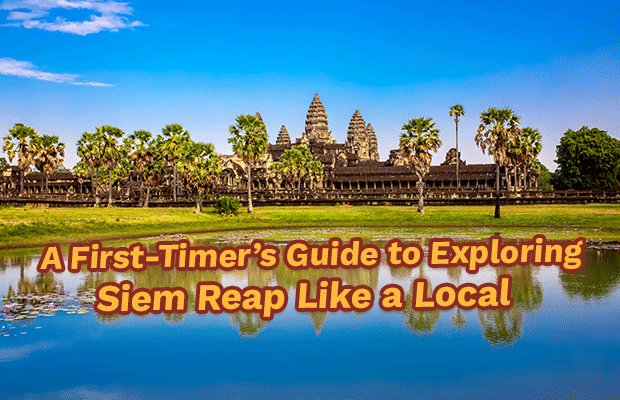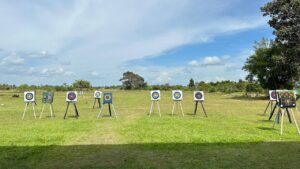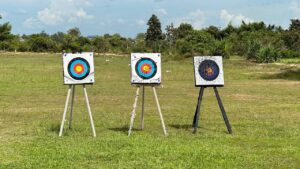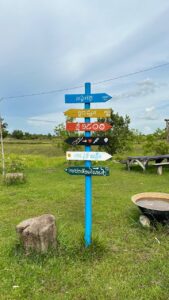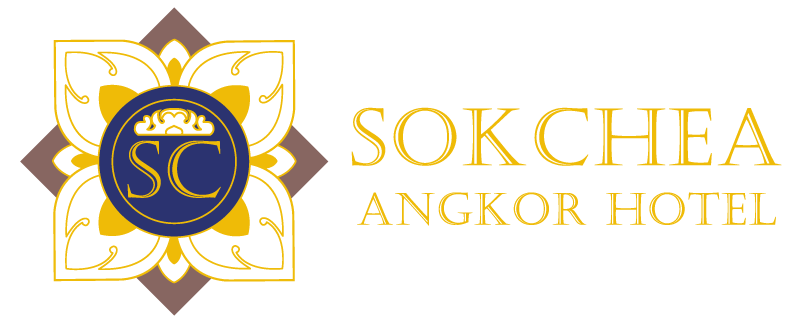When visiting temples in Cambodia, especially the famous Angkor Wat and other sacred sites, it’s important to respect local customs and religious traditions. Here’s a guide on what to do and what not to do:
### Do’s:
1. Dress Modestly
– Wear clothing that covers your shoulders and knees (e.g., long pants/skirts and shirts with sleeves).
– Remove hats and shoes when entering temple sanctuaries or sacred areas.
2. Be Respectful
– Speak softly and avoid loud noises.
– Follow instructions from monks or temple staff.
– Bow slightly when passing in front of Buddha statues or altars.
3. Ask Permission Before Taking Photos
– Some temples prohibit photography, especially of monks or sacred relics.
– Avoid posing disrespectfully (e.g., turning your back to Buddha statues).
4. Follow Temple Rules
– Walk clockwise around stupas and shrines (a sign of respect in Buddhist tradition).
– Do not touch or lean on ancient carvings and structures.
5. Support Local Communities
– Buy souvenirs from local vendors (but avoid purchasing ancient artifacts).
– Donate respectfully if there’s an offering box.
### Don’ts:
1. Do Not Wear Revealing Clothing
– Avoid tank tops, short shorts, or beachwear inside temple grounds.
2. Do Not Touch or Climb on Sacred Structures
– Many temples are ancient and fragile; climbing on them can cause damage.
– Do not touch Buddha statues or carvings.
3. Avoid Public Displays of Affection
– Holding hands is fine, but kissing or hugging is considered disrespectful.
4. Do Not Point Your Feet at Buddha or Monks
– Feet are considered the lowest and least sacred part of the body. Sit with your legs tucked to the side.
5. Do Not Disturb Worshipers or Monks
– Avoid interrupting prayers or meditation.
– Women should not touch monks or hand objects directly to them (place items on a table or cloth instead).
6. No Smoking, Drinking, or Eating Inside Temples
– These activities are considered highly disrespectful in sacred spaces.
7. Avoid Taking “Selfie” Photos in Sacred Areas
– Some temples ban selfie sticks, and posing playfully can offend locals.
### Additional Tips:
– Visit Early Morning or Late Afternoon to avoid crowds and heat.
– Carry Cash (Small Riels or USD) for donations or small purchases.
– Hire a Licensed Guide to learn about temple history and proper etiquette.
By following these guidelines, you show respect for Cambodia’s culture and religion while enjoying a meaningful temple visit.
